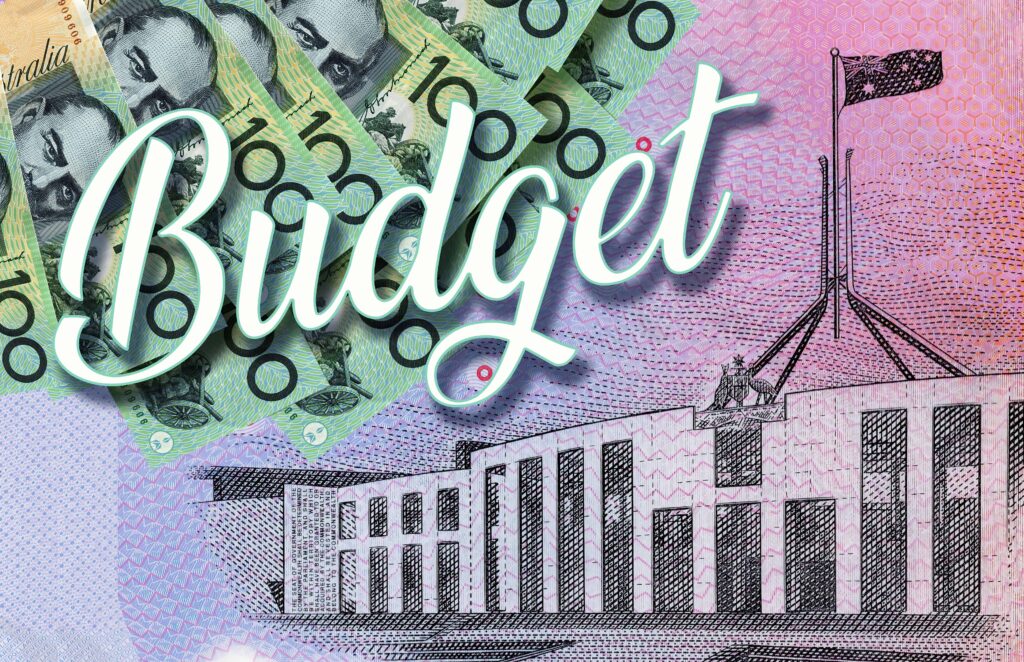
On the 9th of May, the Albanese government unveiled its first budget to a nation still recovering from economic shocks caused by the COVID-19 pandemic.
Treasurer Jim Chalmers had a clear message: it’s time to invest in the nation’s prosperity and foster a fairer society.
In summary:
The federal budget is expected to deliver a small surplus of $4.2 billion this financial year – influenced by robust employment figures, high commodity prices and nominal wage growth that performs better than anticipated.
Early predictions from NAB Group Economics flag a neutral economic impact over the coming years.
What budget measures can the Australian construction industry look forward to, as we grapple with ongoing rising costs and labour shortages?
At a glance:
Master Builders Australia welcomed the federal government’s $2 billion investment in new social housing nationwide; but also criticised a lack of support for productivity measures that would help construction businesses to get more done.
What about commercial construction specifically? We’ll discuss the key talking points, including current uncertainty around infrastructure spending (as an independent review gets underway).
Contents
The federal government pledges to continue Australia’s $120 billion infrastructure pipeline over a 10-year timeframe, however, funds are likely to be reprioritised between construction projects.
At this stage, it isn’t clear what projects will lose or receive funding.
Details will be announced later this year, following a 90-day independent review of 738 previously approved projects. Several projects are expected to be cancelled, postponed or adjusted.
A government statement says the goal is to ensure investment in “truly nationally significant” projects rather than wasting resources.
“The Albanese Government is keeping the $120 billion rolling 10-year pipeline – and every dollar remains in the budget. But it would be irresponsible to move ahead, without fixing the backlog. This review will allow all levels of government time to consider the projects that are actual priorities, and assess their cost and deliverability in the current climate. The process will help to lay firm foundations to build a more sustainable, credible pipeline of investment.” Media statement from Infrastructure Minister Catherine King
Examples of key projects considered for the pipeline:
The federal government pledged $8.4 million towards reducing carbon emissions in the transport and infrastructure sectors.
All forms of transport, infrastructure and new technology will be covered, as part of a wider plan to achieve net zero emissions by 2050. The aim is to carefully manage the shift to new energy sources, to minimise any negative impacts.
Caroline Wilkie, Chief Executive Officer of the Australian Railway Association, welcomed the decision.
“Rail will be at the heart of emissions reduction strategies for the transport sector and the ARA looks forward to working with the newly formed Net Zero Authority to support the advancement of Australia’s decarbonisation efforts.”
“We are also pleased to see a focus on developing crucial sustainability skills for the future, as well as helping businesses to engage with net zero transformation opportunities,” Ms Wilkie said.
Denita Wawn from Master Builders Association says this budget doesn’t do enough to boost business productivity for construction companies – something that’s crucial during these tough economic times.
“It’s accepted across the board that business, including small business, is leaned on to spearhead economic recovery, but there have been minimal measures in the budget to boost business productivity,” Ms Wawn said.
She explains the construction industry has actually regressed in recent years, when it comes to productivity performance.
“At present, builders are facing a shortage of key tradespeople whilst substantial industry transformation is underway for a net zero economy.”
“Master Builders has previously called for measures to reduce unnecessary regulation and red tape on businesses to improve their capacity to deliver projects in a cost-effective way.”
Although skill shortages existed before the global health pandemic hit, the situation has worsened in recent years.
This federal budget seeks to help close the skills gap by spending an extra $4.1 billion on vocational training.
The Independent Tertiary Education Council Australia (ITECA) welcomes the extra funds, but has reservations.
Troy Williams, Chief Executive of ITECA, says students can only access a limited range of courses under the funding. This makes it difficult to address the skills shortage.
“Framed amidst a challenging business environment, this budget needed to put students at the centre of skills funding decisions. In failing to do so, an opportunity was missed,” Mr Williams said.
The government pledged $4.4 million over four years to set up the National Construction Industry Forum (NCIF).
The forum will consist of representatives from the government, employment industry groups and unions. These three elements will work together to deliver advice on key challenges facing our sector (such as safety, productivity, skills development and gender equality).
Jon Davies, CEO of the Australian Constructors Association, expects this forum will transform the building industry.
“The NCIF marks a significant step forward for the construction industry, enabling greater collaboration and cooperation amongst industry stakeholders to drive positive change,” Mr Davies said.